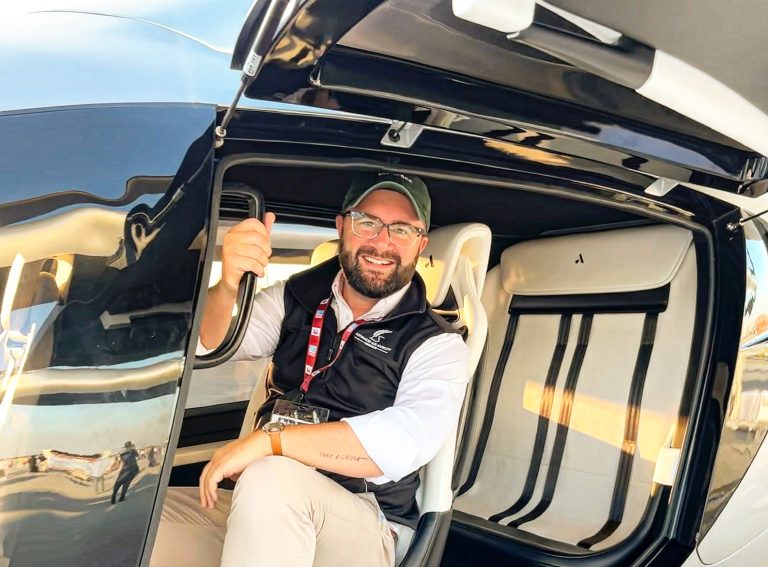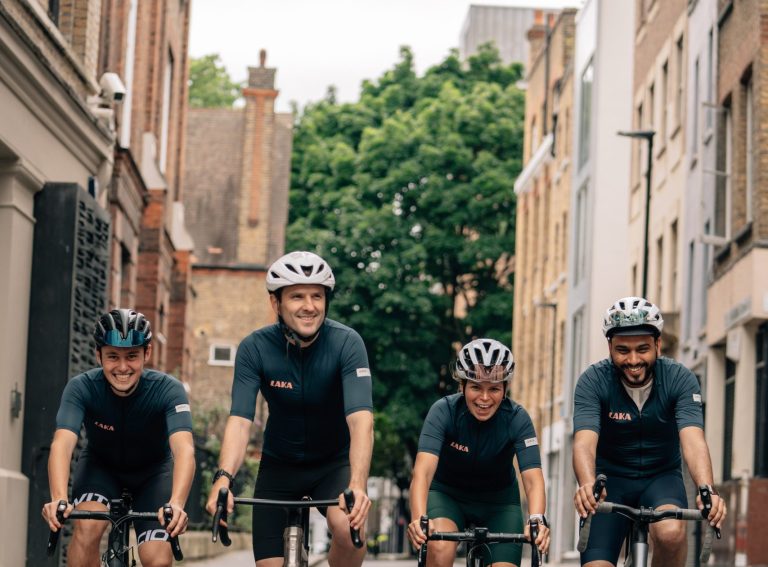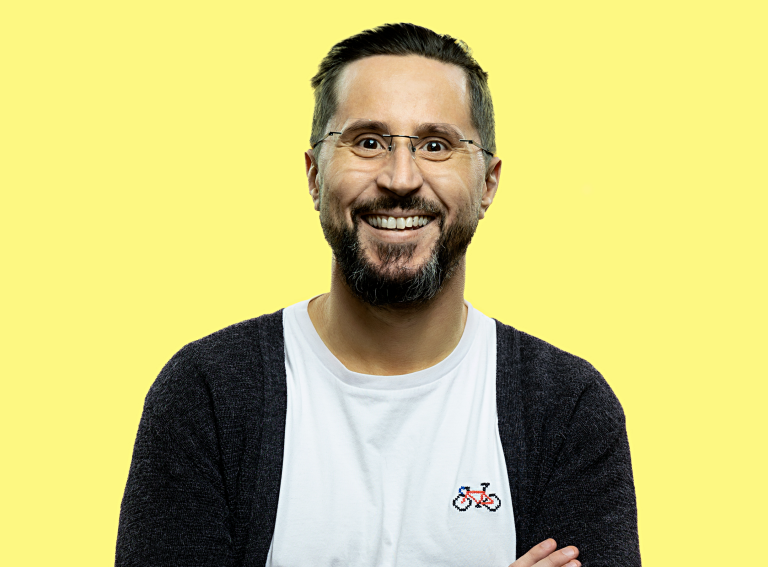In Europe, a paradigm shift is underway towards human-centred mobility.
Kristian Brink, CEO of Urban Sharing and Chair of the Bike Share Expert Group of Cycling Industries Europe, uses Barcelona’s superblocks and the transformation of Paris’ Champs Elysées into pedestrian-friendly zones as proof.
Part of this shift is through MaaS (mobility-as-a-service) which allows for a seamless integration of multimodal transport through a unified platform, revolutionising the way users navigate and experience urban mobility. According to Brink, the technology is ready. The real challenge happens at the negotiation table. Deciding who gets what between operators, public transport and software providers in the new value chains created by integrated mobility is no small feat.
“If you’re already having trouble with the business model, I can assure you that in the next level of integration of ecosystems it will be even harder to make the money flow as seamlessly as the data. We see Urban Sharing as an enabler for this integration because that’s the direction the world is going.”
Brink’s background as an archeologist allows him not just to look into the past but also create a new vision of mobility for the future. When he began working at UN-Habitat’s Cairo office as a Researcher, his focus was on a bike share system funded for a neighbourhood “which at the time sounded pretty ludicrous.”
Ignited by the idea of micromobility, after UN-Habitat he scrapped his plans to pursue a PhD and instead joined one of the world’s first bike sharing companies nextbike (now owned by Tier), working his way up to Director of Business Development for Southern Europe.
His journey at Urban Sharing began when they offered him the position of Vice President of Strategy and Business Development in 2019. This title quickly changed with the onset of COVID in March 2020 when he found himself in the role of interim CEO only a few months later. This period marked a notable phase of reorganisation within the company during which Brink made the decision that Urban Sharing would transition from hardware to a SaaS (software-as-a-service) platform.
Today Urban Sharing helps manage micromobility fleets to improve efficiency and increase revenue in cities in Norway, Canada, Spain, France and more. Brink describes it as hardware agnostic that can be integrated into existing mobility infrastructure, public transit systems and MaaS platforms.
The CEO has his own vision for what that future could look like. “I like to use the analogy of screens and the creation of the HDMI cable. Back in the day, you would have Sony, Philips and LG all building their own specific output cables for DVD players. At some point, they realised they would all sell more if the cables were standardised and now, we have the HDMI cable.
“The same thing needs to happen at a software level for APIs and integration. We need to create the HDMI cable of mobility data.”
Urban Sharing wants to be that universal API for mobility data. “We would like to become the go-to software for anything operations related in micromobility. In the same way, you would use Outlook or Gmail for your emails, we would like to be the standard software for anything operations related.”
In the long term, the vision is all about enabling the integration of the mobility ecosystem of the future. Brink’s vision goes beyond MaaS. Urban Sharing is embracing the idea of an exchange of data in real-time that could shape not only mobility but even city infrastructure.
“Imagine a scenario where vehicles of the future engage in lateral communication not only through centralised cloud systems like ours, but also directly on the street, live between vehicles in the urban environment. Our goal is to position micromobility as a potent instrument facilitating integrations between elements like ride-hailing services, city infrastructure, and even traffic management systems that prioritise specific aspects such as pedestrian crossings.”
In the meantime, Urban Sharing is working on solutions to today’s challenges.
Bike sharing is unique from other forms of public transport. There are no fixed schedules and the user is the driver. “When you get into the bus, you don’t drive the bus, so bike sharing is challenging because it comes with a set of complex legal issues.” In order for bike sharing to be a real alternative to cars, it must reach critical mass.
That is a hard place to get to with the decline in venture capital available. Operators are now looking to cities to fund their fleets. However, these public contracts move slowly and are rigid frameworks that don’t always leave space for innovation.
Regardless, Brink remains confident on what the future holds. He asks the question: “Who and what gets to occupy public space in the future? It will be humans doing human things.”





